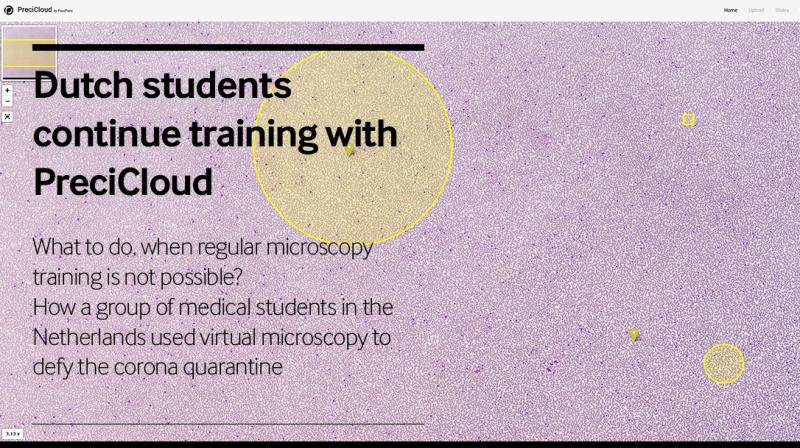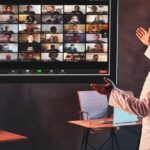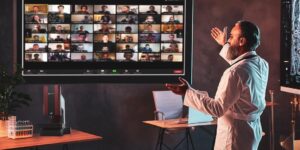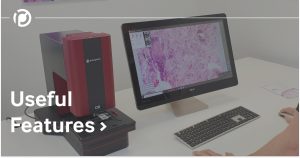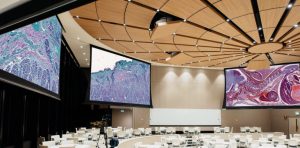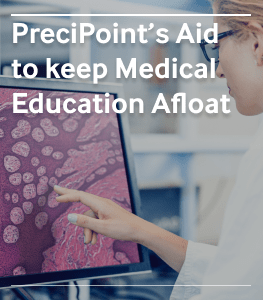What to do, when regular microscopy training is not possible?
What was the greatest difficulty for the students and teachers?
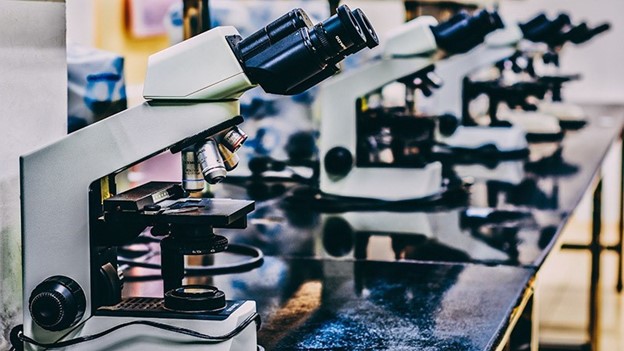
Stay Ahead with Insights from Precipoint!
Welcome to our newsletter! Be the first to know about our latest products, services, webinars, and happenings in PreciPoint. Don't miss out on this opportunity to stay informed. Subscribe to our newsletter today!
By clicking “Subscribe”, you agree to our privacy policy.
How did they deal with the new situation?
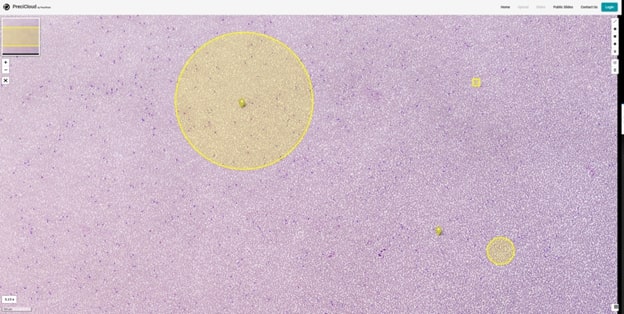
We used the PreciCloud in our hematology courses. The organizer used it to present examples of hematology abnormalities. What I really liked was that using the PreciCloud allowed you to be able to look at a slide completely. There is a lot of information that you can easily find by scrolling around the specimen and zooming in and out, plus you can highlight/mark so called "regions of interest". I really like this! "
Assistant Medical Director
What might the future look like in education?
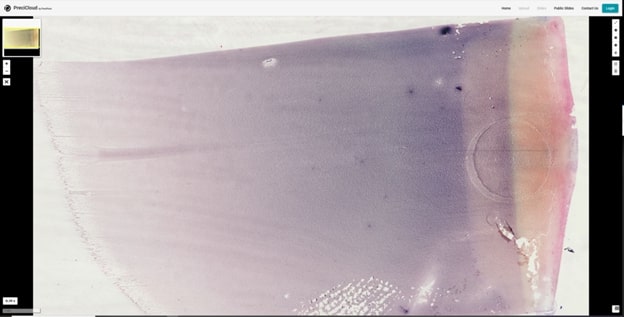
Interested in collaborating online on histology and other samples?
Discover the PreciCloud for yourself.
[1] Krajci,Dimitrolos & Pospísilová, E & Cernochová, Drahomíra. (2011). Methoden der Anwendung von Virtuellen Schnitten im praktischen Unterricht der modernen Histologie.

